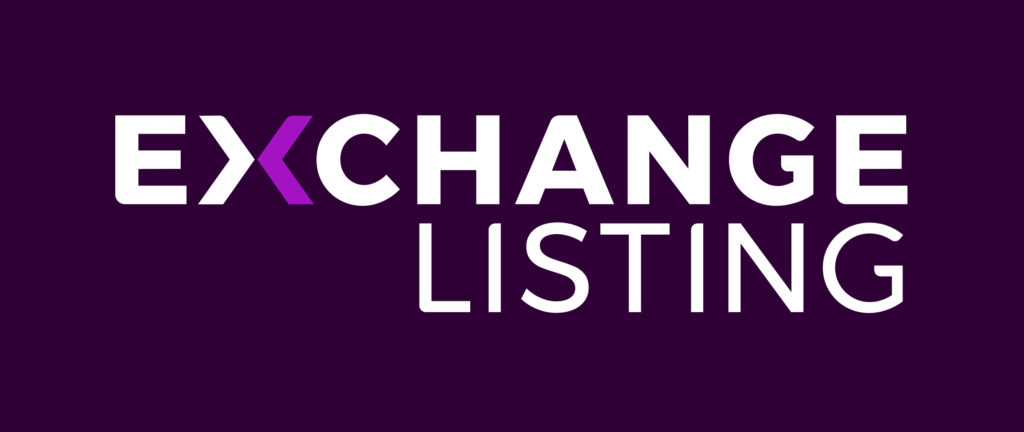
A key component in the initial public offering (IPO) journey is finding the right investment bank and investment banking team in the micro-cap community. Going public and ultimately operating as a public company requires you to establish relationships with a group of specialized financial institutions with expertise in the micro-cap sector. You become part of this unique community when going public as a micro-cap company.
Selecting An Investment Bank
Selecting the right investment bank and banker is critical to successfully structuring and executing your company’s IPO. It is important to select an investment bank that focuses on micro-cap investors. These investors are different from small-, mid- or large-cap investors because market capitalization and investment thesis are more or less commensurate with a company’s stage of business development. Investing in a micro-cap, mid-cap or large-cap company corresponds roughly to investors’ risk-reward profiles.
Finding the bank that fits your company best is not only about the size and sector in which you operate. It is also essential to consider the bank’s history with transactions, experience and client successes; this can help to identify the right firm and individual banker. You want to choose the bank carefully; similarly, the lead banker should be the person you believe will champion your IPO and provide the specific attention and resources you need. Choose a lead banker with whom you can work well in the present and the future beyond your IPO; the bankers must have a good rapport with management for the long term.
You should also determine whether the lead underwriter will be the sole book runner and who will be responsible for coordinating and leading a well-organized underwriting syndicate. Finally, ask your prospective bank which banks they would likely form a syndicate with and what their distribution capabilities and strategies are.
It’s common for a company to invite several banks to compete to win the rights to lead and manage that company’s IPO.
The Investment Banking Team
Bankers for micro-cap IPOs generally provide the same services. They work with many of the same buy-side institutions that invest in micro-cap companies. They have trading desks servicing buy-side institutions, and they are in the business of selling stock.
The investment banking team will help you navigate the process of going public and negotiating to sell your new stock offering to investors. Naturally, this is critical to getting valuation right and will set the tone for your IPO. The investment bank you choose has a variety of purposes, including underwriting new stock issues, following on debt and equity financings, mergers and acquisitions and advising clients on strategic capital market matters.
The lead banker is an essential selection as this is the banking team member you will spend the most time with. This person will be an important asset to your team. As you’ll discover, this person knows the market, how it is doing at any given moment and will represent you to get you the best valuation and opening price.
When selecting the team, look at other IPOs they have recently completed and the valuation and performance of those deals immediately after pricing. The team and the people who work in sales and trading are the ones who will be interfacing with investors and need to believe in the company to be successful in selling the stock.
Do Your Homework
It is critical to do this homework before you get bankers involved. To do this, you can compare relatively simple metrics such as:
- Revenue
- Revenue growth
- Sales and marketing as a percentage of revenue
- General and administrative (G&A) as a percent of revenue
- Gross margins
- Operating margins
Understanding these metrics will change how you see and operate your business and how it differs from your peer groups, apart from helping identify areas of opportunity and improvement. Once you have done this, you are ready to talk to bankers, and do not rush the process.
Having your historical and proforma financial model and the assumptions that drive the growth of your business and where the company is headed in the future is critical to developing before engaging bankers. In addition, building your list of a core group of three to five private and public companies comparison companies is essential.
This list should be based upon a similar business model or a common industry segment in which you compete. Next, you should look at these companies for comparable valuations and identify your similarities and differences with your peer group. These metrics will be an essential and regular topic of discussion and analysis as you go through and beyond the IPO process. Then, compare your business model to those benchmark companies and determine what makes you unique.
Engaging The Bankers
When you thoroughly understand your business and business model from a capital market perspective, it is time to engage the bankers. Once you’ve identified banks, meeting with as many as possible is best to gain different perspectives on your IPO. You can expect a long relationship with the bank and the research department, so take your time finding the best fit.
Beyond the IPO, it is normal to have at least a one-year contractual relationship with the bank, including a fee tail and right of first refusal. Again, the goal is to ensure that the sell-side research team truly understands your company’s story, its history, where the business is headed in the future and its corporate culture.
Begin this acclimation process as early as one year before the IPO.
Value-Added Propositions
One way investment bankers can further add value is by assisting in preparing and writing the business section of the Securities and Exchange Commission (SEC) registration. This section of the prospectus tells your company’s story and will also contribute to the content of the pitch deck used for your investor roadshow.
The work of preparing the S-1 draft properly can save significant time and a lot of frustration leading to the IPO. Use the underwriter’s experience with IPOs to review the S-1 for a more valuable and effective process.
The underwriter will also be instrumental in arriving at a valuation range of your company’s offering, structuring your offering based on comparable companies, market intelligence and the banker’s expertise. Keep in mind that the value-add of the bankers’ capital market team is that they understand how their customers will react to specific language and visuals, which can be a massive help in this part of the process.
There are many important considerations when selecting the right investment bank. Remember, the bank’s reputation within the micro-cap industry reflects on the company and should be factored into the decision.
As a final step, it is good practice to call a board meeting, present your case to the bank and banker you want to underwrite the IPO and hold a vote to have the board involved in the selection.
Featured image sourced from Shutterstock
This post contains sponsored advertising content. This content is for informational purposes only and is not intended to be investing advice.

